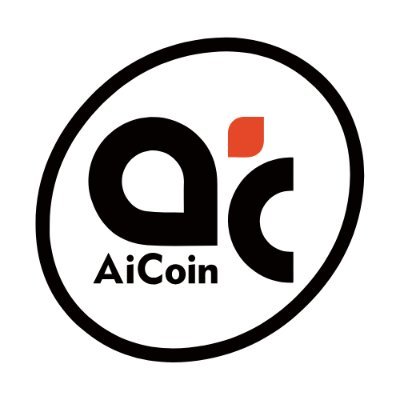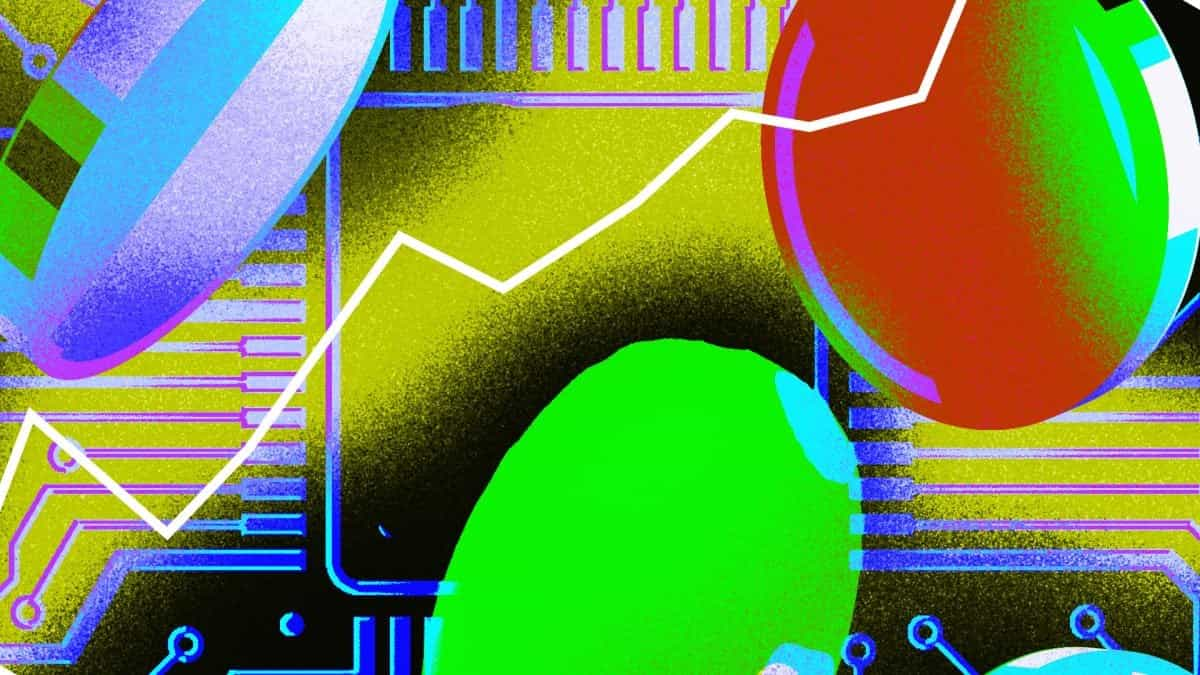
Aicoin-EN-Bitcoincom
1ساعة
Stablecoin Issuer Circle Files for IPO
Circle, the issuer behind the widely circulated stablecoin USDC, has unveiled plans for an initial public offering (IPO), signaling a potential expansion into more established corners of traditional finance (TradFi). The firm’s S-1 filing arrives at a time of intensified regulatory focus on digital assets, positioning Circle amid ongoing efforts to integrate blockchain-based systems into existing financial frameworks.
In a positive development, the S-1 reveals a sharp increase in revenue, growing from $15.4 million in 2020 to $1.7 billion by 2024. This climb was fueled by escalating demand for USDC, a trend that reflects how both enterprises and individuals are increasingly favoring faster, more cost-effective payment mechanisms through fiat-linked digital currencies.
Within the filing, Circle emphasizes that its strategic alliances with prominent financial institutions represent a deliberate pivot toward deeper institutional engagement. Partnerships with entities such as ICE, Visa, Mastercard, Stripe, Worldpay, and Moneygram are cited as pivotal, having embedded Circle’s stablecoin infrastructure into global payment channels. These collaborations, according to Circle, have amplified USDC’s international presence, making it a key access point for digitally native financial services across diverse markets.
In tandem with revenue gains, Circle reported $156 million in net income and $285 million in Adjusted EBITDA for 2024. On the digital asset front, the company maintains relationships with prominent market makers and liquidity providers, including Cumberland, Galaxy Digital, Wintermute Trading, and B2C2. The filing also references crypto exchanges such as Coinbase, Binance, Kraken, and OKX.
Nevertheless, the filing also brings potential vulnerabilities into focus. Circle concedes that ongoing ambiguity in U.S. regulatory frameworks could introduce substantial hurdles, with diverging legislative views and pending proposals casting uncertainty over both the company’s operations and broader public sentiment.
The crypto turbulence of 2023, punctuated by banking failures that briefly disrupted USDC’s price, underscores the persistent instability the company must navigate. Although redemptions normalized soon after, the incident exposed how external financial stressors can unsettle even a fully backed stablecoin.
Competitive pressure from rival issuers compounds these challenges. Though USDC remains the second-largest stablecoin in circulation, it contends with Tether and other entrants vying for dominance. Circle’s international expansion is also highlighted. Entering the European market introduces new revenue opportunities under electronic money token rules, though the varied regulatory requirements across jurisdictions add further complexity to operations.
Lastly, the S-1 offers a detailed account of Circle’s reserve strategy and liquidity channels, providing insight into the mechanisms it employs to uphold USDC’s stability. A substantial portion of the company’s income currently stems from interest on reserve assets, which remain sensitive to shifts in monetary policy.
免责声明:本文章仅代表作者个人观点,不代表本平台的立场和观点。本文章仅供信息分享,不构成对任何人的任何投资建议。用户与作者之间的任何争议,与本平台无关。如网页中刊载的文章或图片涉及侵权,请提供相关的权利证明和身份证明发送邮件到support@aicoin.com,本平台相关工作人员将会进行核查。
The Time to Invest in $IMT is NOW!
⏳ The Clock is Ticking – Don’t Miss Out on $IMT’s Explosive Growth! 💎🔥
The world of crypto moves fast, and early investors always win. $IMT is gaining momentum, and now is the perfect time to secure your stake in one of the most promising projects of the year.
📈 Why Should You Invest in $IMT Today?
🚀 Mass Adoption is Happening – More users, more transactions, more value.
💼 Strategic Partnerships – $IMT is forming key alliances to expand its ecosystem.
🎯 Major Roadmap Updates Ahead – Exciting developments coming soon!
📊 Strong Market Performance – $IMT is trending upwards, with massive potential.
🔥 Limited-Time Opportunities:
✅ Staking Rewards – Lock in your $IMT and earn passive income.
✅ Exclusive Early-Bird Bonuses – Get in before the next price surge!
✅ Community Airdrops & Giveaways – Free rewards for loyal supporters.
💰 Your Future Starts Today!
Don’t wait until prices skyrocket—secure your investment now and be part of the next big wave in crypto.
#InvestEarly #CryptoGains #IMT #NextBigThing #Bullish
What are smart contacts...🤔🤔??
Smart contracts are self-executing contracts with the terms of the agreement written directly into lines of code. They are stored and replicated on a blockchain, a decentralized and distributed ledger technology.
Key Characteristics:
1. Autonomous: Smart contracts execute automatically when conditions are met.
2. Decentralized: Smart contracts are stored on a blockchain, making them decentralized and resistant to censorship.
3. Immutable: Smart contracts are immutable, meaning their code cannot be altered once deployed.
4. Transparent: Smart contracts are transparent, with their code and execution visible to all parties.
How Smart Contracts Work:
1. Coding: A developer writes the smart contract code in a programming language (e.g., Solidity for Ethereum).
2. Deployment: The smart contract is deployed on a blockchain (e.g., Ethereum).
3. Trigger: A trigger event occurs (e.g., a payment is made).
4. Execution: The smart contract executes automatically, following the predetermined rules.
Use Cases:
1. Supply Chain Management: Smart contracts can automate payment and inventory management.
2. Digital Identity: Smart contracts can securely manage digital identities and authentication.
3. Decentralized Finance (DeFi): Smart contracts enable lending, borrowing, and trading of cryptocurrencies.
4. Voting Systems: Smart contracts can ensure secure and transparent voting processes.
Benefits:
1. Increased Efficiency: Smart contracts automate processes, reducing the need for intermediaries.
2. Improved Security: Smart contracts are tamper-proof and resistant to censorship.
3. Enhanced Transparency: Smart contracts provide a clear and transparent record of transactions.
Challenges and Limitations:
1. Scalability: Smart contracts can be slow and expensive to execute on certain blockchains.
2. Regulatory Uncertainty: Smart contracts exist in a gray area, with unclear regulatory frameworks.
3. Security Risks: Smart contracts can be vulnerable to hacking and exploits.
Platforms for Smart Contracts:
1. Ethereum: The most popular platform for smart contracts, with a large developer community.
2. Binance Smart Chain: A fast and low-cost platform for smart contracts, built by Binance.
3. Polkadot: A decentralized platform that enables interoperability between different blockchain networks.
Smart contracts have the potential to revolutionize various industries by providing a secure, transparent, and efficient way to execute agreements. However, it's essential to address the challenges and limitations associated with smart contracts to ensure their widespread adoption.
Thank you...🙂
$ETH $SOL $BTC $SOON $FARTCOIN $BROCCOLI $BUBB $TUT $BGSC $JELLYJELLY $TSTBSC $CEC $T2T2 $ZZZ $ASI $MGT $PI $ALCH $ARC


 أقل سعر
أقل سعر أعلى سعر
أعلى سعر 












































